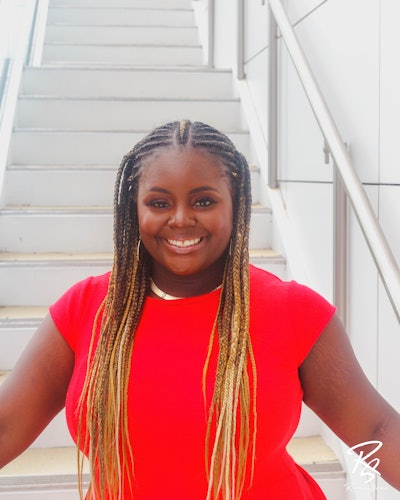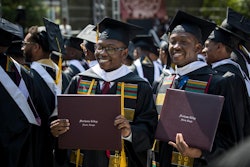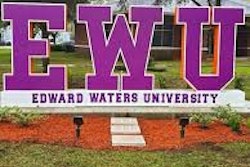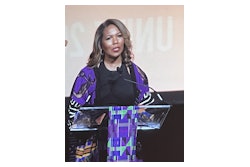It is no secret that HBCUs have historically not enjoyed monetary investments from the federal government, their respective states, or philanthropic entities, making it difficult to provide necessary resources to their students. If this is new information to you, I encourage you to seek information on the history of HBCUs by seeking resources from the U.S. Department of Education.
The coronavirus pandemic has only increased the financial and educational hardships of students and institutions. It can be claimed that these students were affected worse by the pandemic because of other inequities in life beyond their college experience. Because of the pandemic, there has been an incredible shift in what the college experience looks like for students who live both on and off campus. There are inevitable changes in the learning environments and what is happening now has the potential to work both in favor and against HBCU campuses across the country. With this in mind, I encourage all HBCUs to continue or begin assessment efforts to track changes during and after this season and utilize the results to make positive changes for the future. HBCUs cannot afford to be reactive and assessing the continual resulting changes of this pandemic has the potential to set these institutions up for the greatest success in a long time.
 Britt Spears
Britt SpearsIn October I attended a webinar hosted by my alma mater, Prairie View A&M University (PVAMU), detailing their use of the CARES Act Student Relief Fund and their MSI Funds. Students who applied for funds requested support for tuition and fees, technology (Wi-Fi, assess codes, computers), rent, transportation, and food/ meals. With a student population reaching just over 9,000, there were 5,797 unduplicated student applications for these funds. Provost James Palmer pointed out that in comparison to the other institutions in the Texas A&M system (comprised of mostly PWIs), there was a much greater need at PVAMU. Although the provost was very appreciative of the funds allocated to the university, it was clear that an increase in funding could have potentially increased academic opportunity and virtual course resources across campus.
With a robust knowledge of HBCUs, I presume very similar circumstances and use of funds from other (public) HBCUs. Assessing student experience and services offered during this time will inform ideas for the future especially in the areas of technology and academic course design. We must examine the situation at these institutions and ask, “How has the learning during the pandemic semesters changed? What are the current threats and opportunities to co-curricular and curricular learning? How is student satisfaction being recorded?” Because of the constantly changing Fall opening dates at Texas Southern University, some students lost flight reservations and had to completely change their fall semester drop-off plans. These adjustments need to be recorded and used to create future plans that will ease the transition to the other side of the pandemic, as well as set standards for emergency action in the future.
With many HBCU campuses providing remote courses over the past few semesters have completely changed what college looks like, this pivot can be detrimental to retention and graduation rates in the future. Like thousands of others, a close family friend who is a student in their final semester at Hampton University has faced tremendous changes (both positive and negative) to the college life they have known for the past several years. They have experienced altered communication with professors, decreased motivation to be involved in class, and increased navigation group work, among other things. For first semester college students, this is not the experience that they were expecting. Traditional on campus experiences such as residential life, in-person collaborative classwork, education resources, and campus activities may have been rescheduled or cancelled. Not being able to participate in normal sociocultural events that epitomize the co-curricular experience at an HBCU, may be the determining factor on if students return for future semesters. These accounts should be documented to explore the challenges and triumphs of students, faculty, and staff at HBCUs as they navigate the effects of the coronavirus pandemic. One can hope that HBCU campuses are already thinking about assessment initiatives. But if not, here is a call to action:
- Create an assessment project around the student experience both inside and out of the classroom.
- Use results for course and assignment redesign, to make sound judgment on the future of campus programming, and to review and make changes in how students access necessary services such as health centers, career centers, etc.
- Include parents, family, and supporters. These are very important accounts and should be considered when planning for recruitment and retention.
Finally, Prairie View A&M University is hosting a panel on Thursday, November 19th, titled, “The Role of HBCUs and Accreditation During the COVID-19 Era.” You can register here.
Britt Spears serves as the program coordinator of the VALUE Institute through the Office of Quality, Curriculum, and Assessment of the Association of American Colleges and Universities (AAC&U).


















